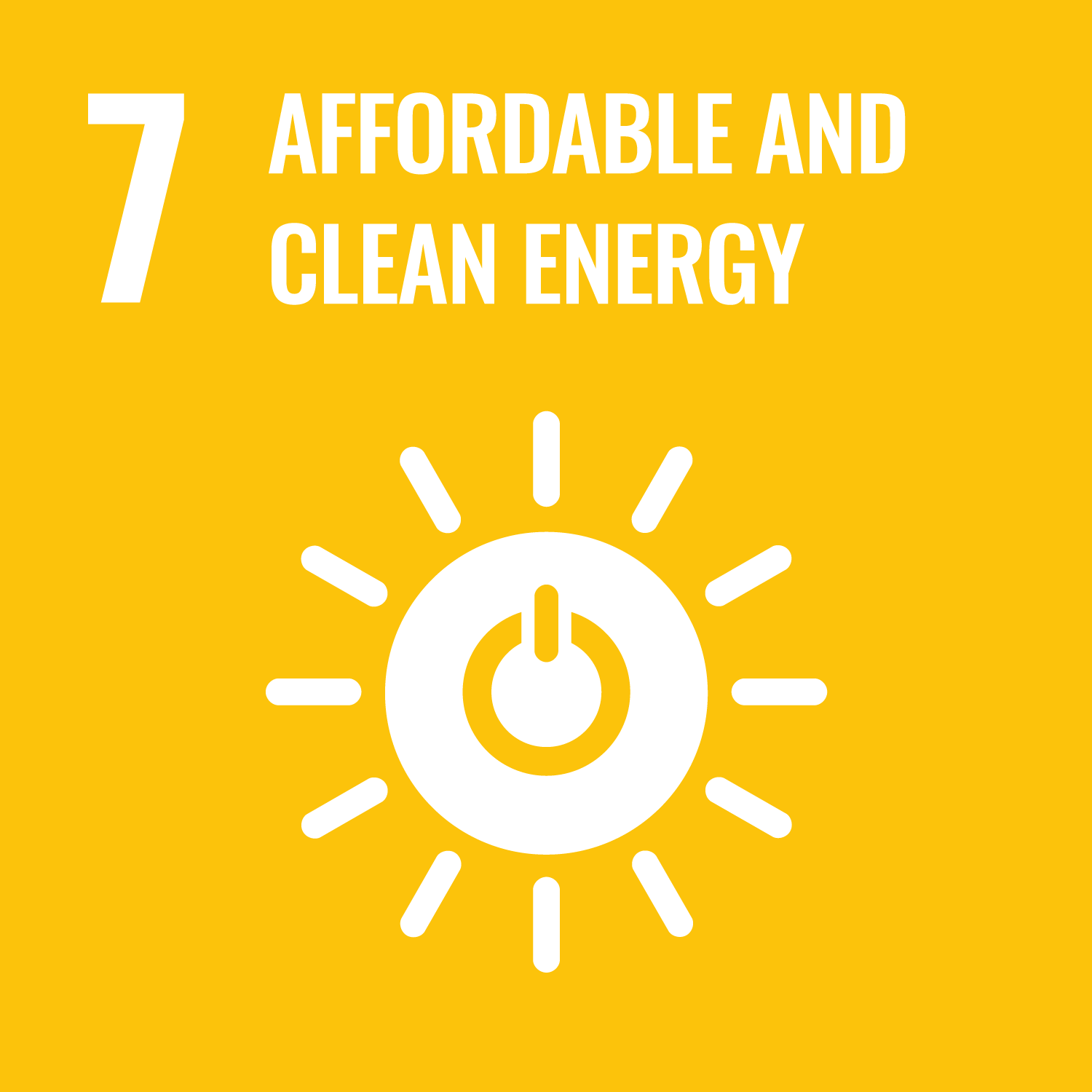Alshorbaji, M.A., Lawey, A.Q. orcid.org/0000-0003-3571-4110 and Zaidi, S.A.R. orcid.org/0000-0003-1969-3727 (2024) Joint Optimization of Routing, Bandwidth, and Sub-Band Allocation in Energy-Efficient THz Nano-Networks. IEEE Open Journal of the Communications Society, 5. pp. 5248-5259. ISSN 2644-125X
Abstract
Nano-networks are envisioned to allow several nanoscale devices to transmit and receive information. One form of such networks is electromagnetic nano-networks working within the THz band. However, high overall path loss and molecular noise experienced in the THz band, as well as limited energy storage capabilities, restrict the communication range of nano-nodes and impact network efficiency. Therefore, optimizing the nano-network resources is necessary. In this paper, we present an optimization framework employing mixed-integer linear programming (MILP) to determine the most energy-efficient routing, bandwidth, and sub-band allocation for each nano-node in an electromagnetic nano-network operating within the THz band. Our model was tested for two different scenarios related to the priority of energy saving. We also compare our proposed optimal bandwidth, routing, and sub-band allocation against less complex designs where sub-bands with fixed bandwidth are employed in nano-nodes. Furthermore, we investigate the impact of nano-node’s processing and sensing units on the overall network energy consumption and the associated optimal bandwidth allocation and routing strategy. Given the considered parameters and the model’s assumptions, the results show that using the optimal multi-hops paths with higher bandwidth allocation for the considered sub-bands can be more energy efficient than sending the traffic using a single hop and lower bandwidths, especially when the transmission power dominates in the nano-network. On the other hand, when the processing and sensing unit’s energy consumption is dominant, then single hop schemes with lower bandwidth allocation result in the minimum network energy consumption. Finally, we discuss the limitations of the proposed energy-efficient strategies and point toward possible future research directions to which the model can be adapted.
Metadata
| Item Type: | Article |
|---|---|
| Authors/Creators: |
|
| Copyright, Publisher and Additional Information: | © 2024 The Authors. This work is licensed under a Creative Commons Attribution 4.0 License. For more information, see https://creativecommons.org/licenses/by/4.0/. |
| Keywords: | Nano-networks, terahertz band, channel capacity, energy efficiency |
| Dates: |
|
| Institution: | The University of Leeds |
| Academic Units: | The University of Leeds > Faculty of Engineering & Physical Sciences (Leeds) > School of Electronic & Electrical Engineering (Leeds) |
| Depositing User: | Symplectic Publications |
| Date Deposited: | 12 Mar 2025 10:05 |
| Last Modified: | 12 Mar 2025 10:05 |
| Published Version: | https://ieeexplore.ieee.org/document/10623326 |
| Status: | Published |
| Publisher: | IEEE |
| Identification Number: | 10.1109/ojcoms.2024.3438571 |
| Related URLs: | |
| Sustainable Development Goals: | |
| Open Archives Initiative ID (OAI ID): | oai:eprints.whiterose.ac.uk:224308 |


 CORE (COnnecting REpositories)
CORE (COnnecting REpositories) CORE (COnnecting REpositories)
CORE (COnnecting REpositories)